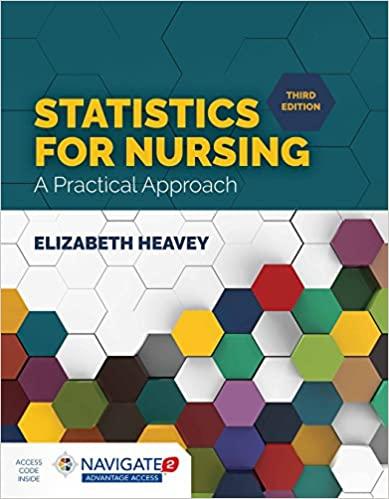The researchers report that parity (number of births) and cervical dilation were different between the two groups.
Question:
The researchers report that parity (number of births) and cervical dilation were different between the two groups. Because these factors can have an impact on the outcome variables and were not controlled for in the sample selection, what technique might you consider that would allow you to include the impact they may have on the outcome?
Here’s an example of how multiple regression can be useful in a research study. Sometimes it helps you understand the concept when you see it applied in a real-life scenario. In a study completed by Tussey et al. (2015), laboring women who had received an epidural were randomized into two groups and compared. One group was given routine care; the experimental group was provided with a peanut-shaped exercise ball. The ball was used to support maternal positioning that promoted spinal flexion; fetal head rotation; and widening of the pelvic inlet, outlet, and intertuberous diameter. Answer the following questions regarding this study. Tussey, C. M., Botsios, E., Gerkin, R. D., Kelly, L. A., Gamez, J., & Mensik, J. (2015). Reducing length of labor and cesarean surgery rate using a peanut ball for women laboring with an epidural. The Journal of Perinatal Education, 24(1), 16–24. doi:10.1891/1058-1243.24.1.16
Step by Step Answer:

Statistics For Nursing A Practical Approach
ISBN: 9781284142013
3rd Edition
Authors: Elizabeth Heavey





